How to plant snowdrops
Learn how to plant snowdrops and enjoy these dainty flowers – they will carpet the garden from late winter through to spring
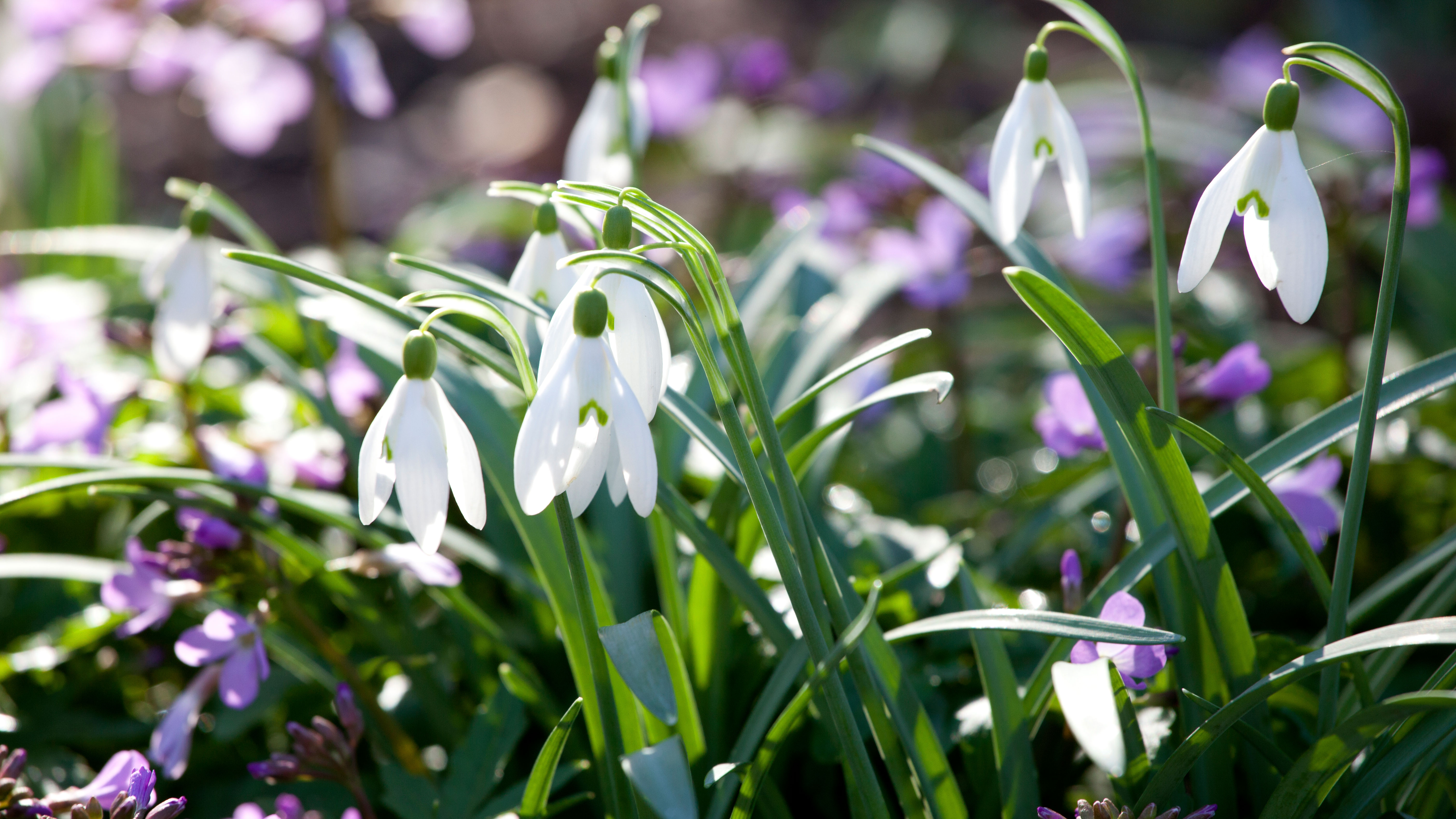
Once you know how to plant snowdrops, you will eagerly await the arrival of their mass of bright, white flowers that carpet gardens with their nodding heads from late winter.
One of the first signs that spring is on its way, choose different varieties of these dainty beauties and you could have snowdrop displays from January through to April.
These hardy, fuss-free flowers offer many sizes, shapes, markings and even colouring; some will naturalise readily, while others are admired for their rarity.
They produce one small flower, often scented, which droops its head to the ground, and has the ability to reopen after collapsing in freezing temperatures.
Whether planted in drifts under trees, in beds, rock gardens or containers, snowdrops make an impact and can be incorporated into a range of garden ideas.
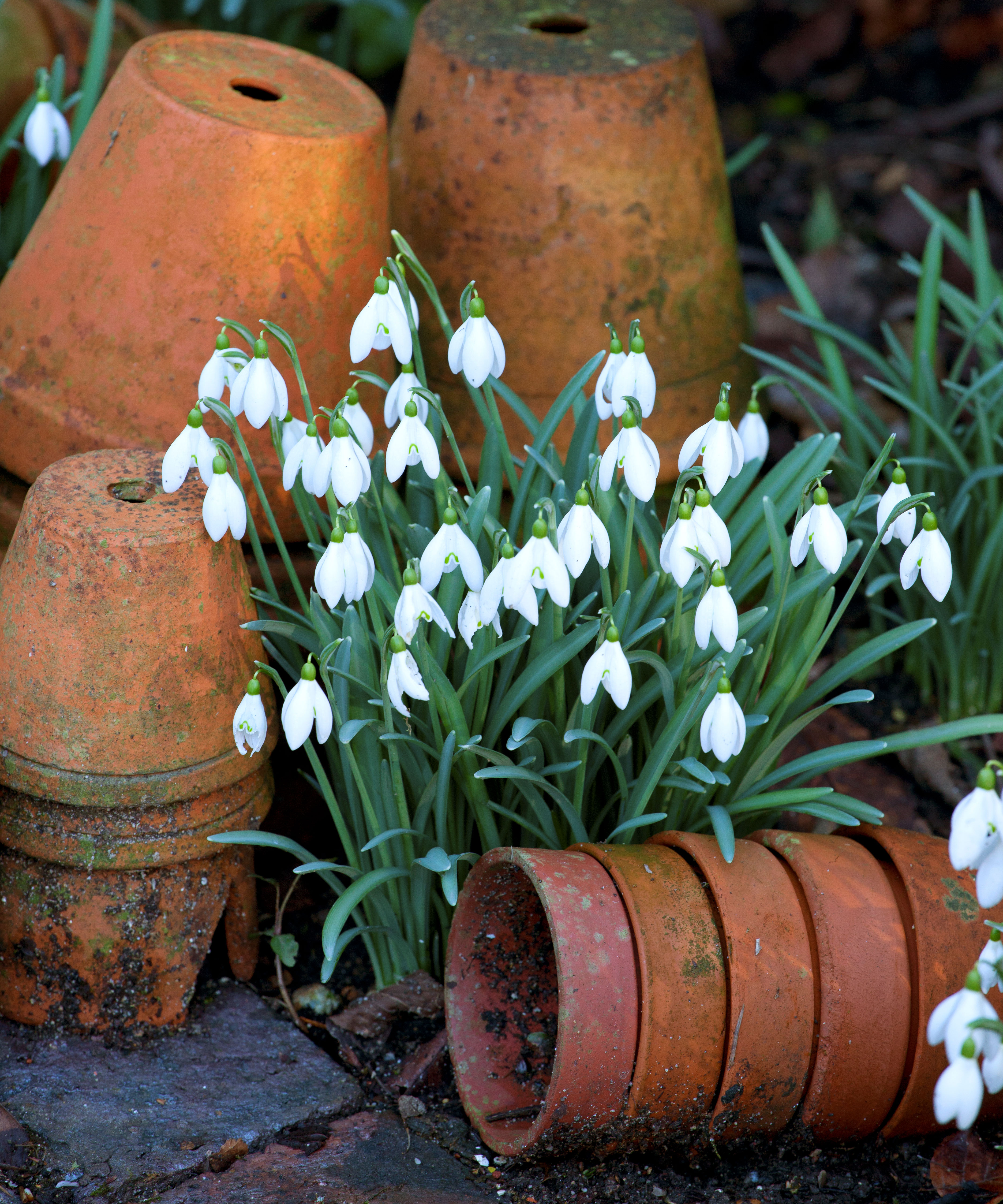
How to plant snowdrops in your garden
Members of the amaryllis plant family, snowdrops look delicate but are in fact mostly tough and easy to grow and are a favorite plant for winter garden ideas.
If you've never grown them before, try planting snowdrop varieties that naturalise in grass, such as the common Galanthus nivalis, single and doubles, and G. elwesii, which flowers a bit earlier in January, as these are among the easiest to grow.
Design expertise in your inbox – from inspiring decorating ideas and beautiful celebrity homes to practical gardening advice and shopping round-ups.
You can plant snowdrops in regions that experience both cold and moderate winters, and the colder the weather, the longer the flowers last. They do not, however, like warm winters, so if you live in one of the warmer zones, such as Florida, you are unlikely to enjoy success growing snowdrops in your garden.
Emulating these flowers’ native conditions will get the best results. 'Woodland settings are ideal for growing snowdrops, and they will return year after year if given winter low temperatures,' explain the experts at the Chicago Botanic Garden.
For a natural look, cast the bulbs and plant them where they fall. Snowdrops multiply rapidly so plant to allow space for clumps to form.
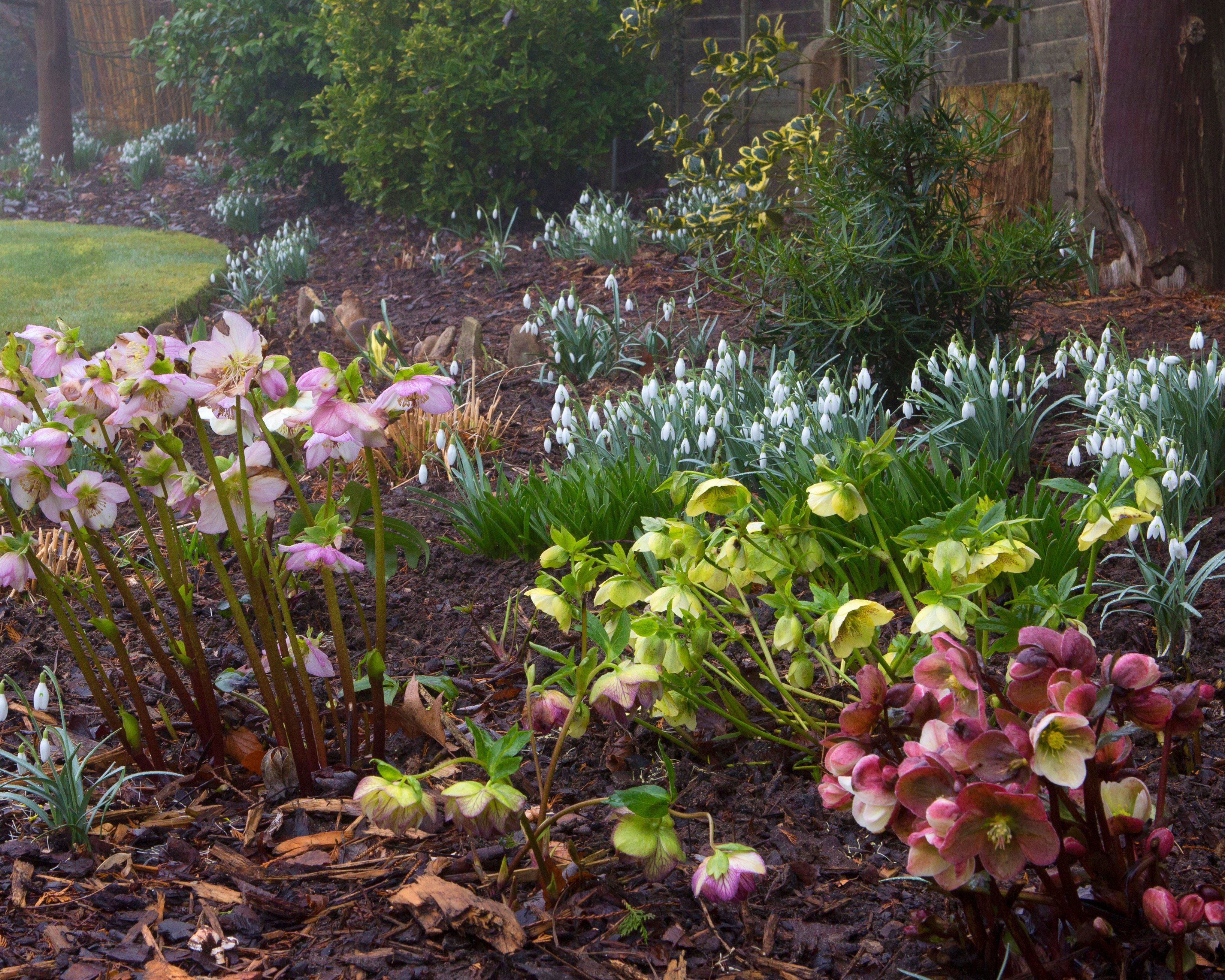
What month do you plant snowdrops?
There are two options for the best months to plant snowdrops:
- Plant bulbs in the fall for flowers in late winter and early spring.
- Buy young snowdrop plants 'in the green' in the spring.
Planting snowdrop bulbs in fall is the cheaper alternative, although not always the most successful method for growing snowdrops.
Ensure the bulbs aren’t dried out and plant them as soon as you buy them. They will only be available at plant nurseries for a short time as the bulbs do not store well.
'Once you have planted them, leave the snowdrop bulbs undisturbed for a few years until they start to look overcrowded, then lift them, split the bulbs, and replant them,' advises plant expert Sarah Raven.
Buying young plants ‘in the green’ in spring is more expensive, but generally the recommended method for successfully growing snowdrops. Freshly lifted, in leaf and sometimes still flowering, they establish more readily than stored, dried bulbs.
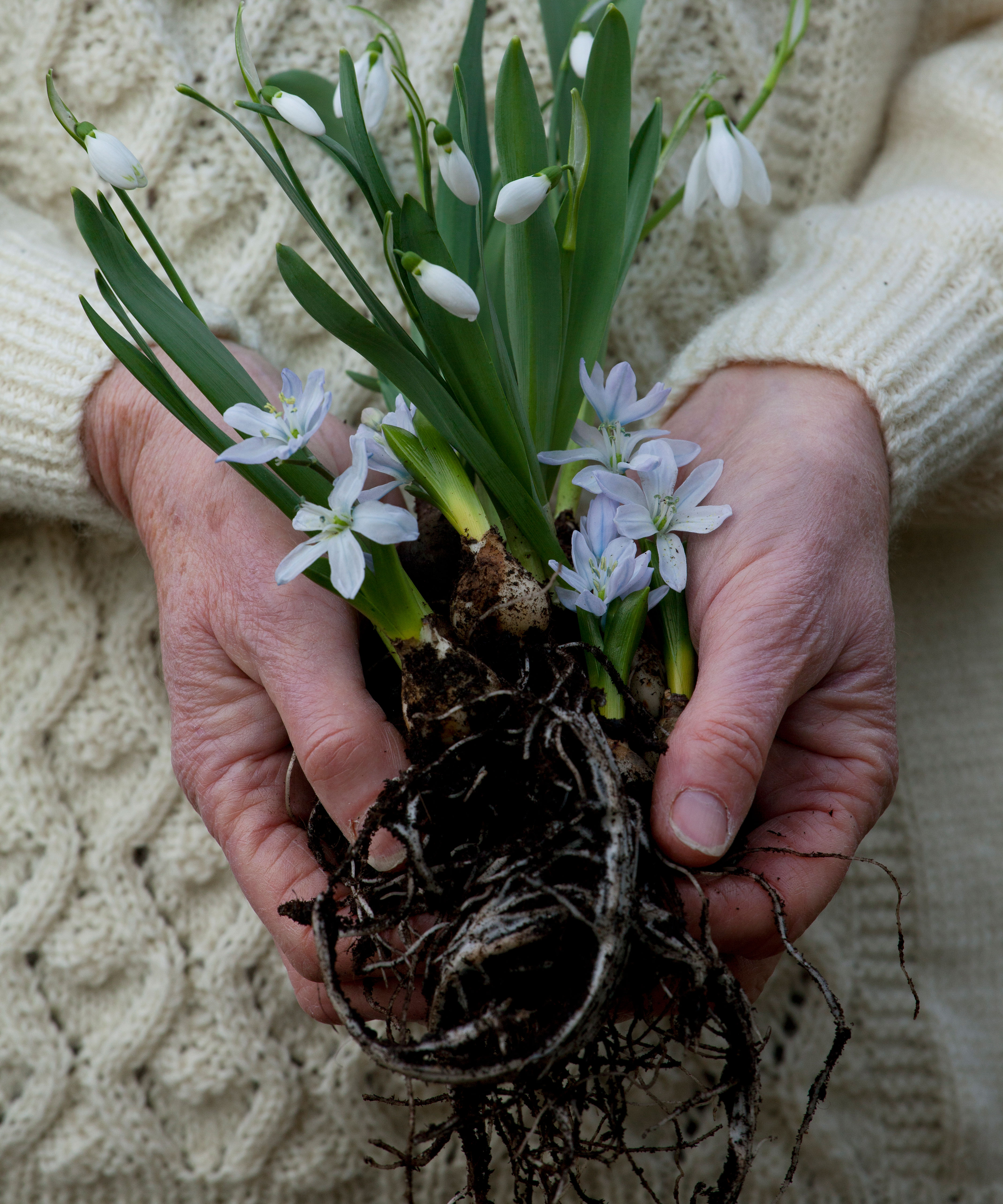
Where to plant snowdrops
When choosing where to plant snowdrops, consider that they are woodland plants, so prefer some shade under deciduous trees or shrubs. 'But they will also grow in a more open site as long as the soil doesn’t dry out in the summer,' says Sarah Raven.
They prefer to grow in well-drained chalk and limestone soils, rich in leaf mold and organic matter. If your soil is thin and poor, add organic matter regularly such as mushroom compost, or if it is heavy add grit to improve drainage.
They will have as much impact 'whether they are naturalized in large masses, tucked in small pockets in rock gardens, or grown in colonies under early spring-flowering shrubs,' explain the experts at Chicago Botanic Garden.
The naturalizing varieties look best planted in drifts to form clumps. As the little faces of the flowers hang down, to fully admire them – especially the more expensive specimens – plant them in raised beds, in a wall or on a bank.

How deep should you plant snowdrops?
You should plant snowdrops at about three times the depth of the bulb, so generally about 3 to 4 inches (10cm) deep, and 2 to 3 inches apart, say the Chicago Botanic Garden experts.
When planting snowdrops in the green, dig a hole deep and wide enough to cover the roots and plant them at the level they were planted before they were lifted. 'You will be able to see this level from where the leaves turn white,' says Sarah Raven.
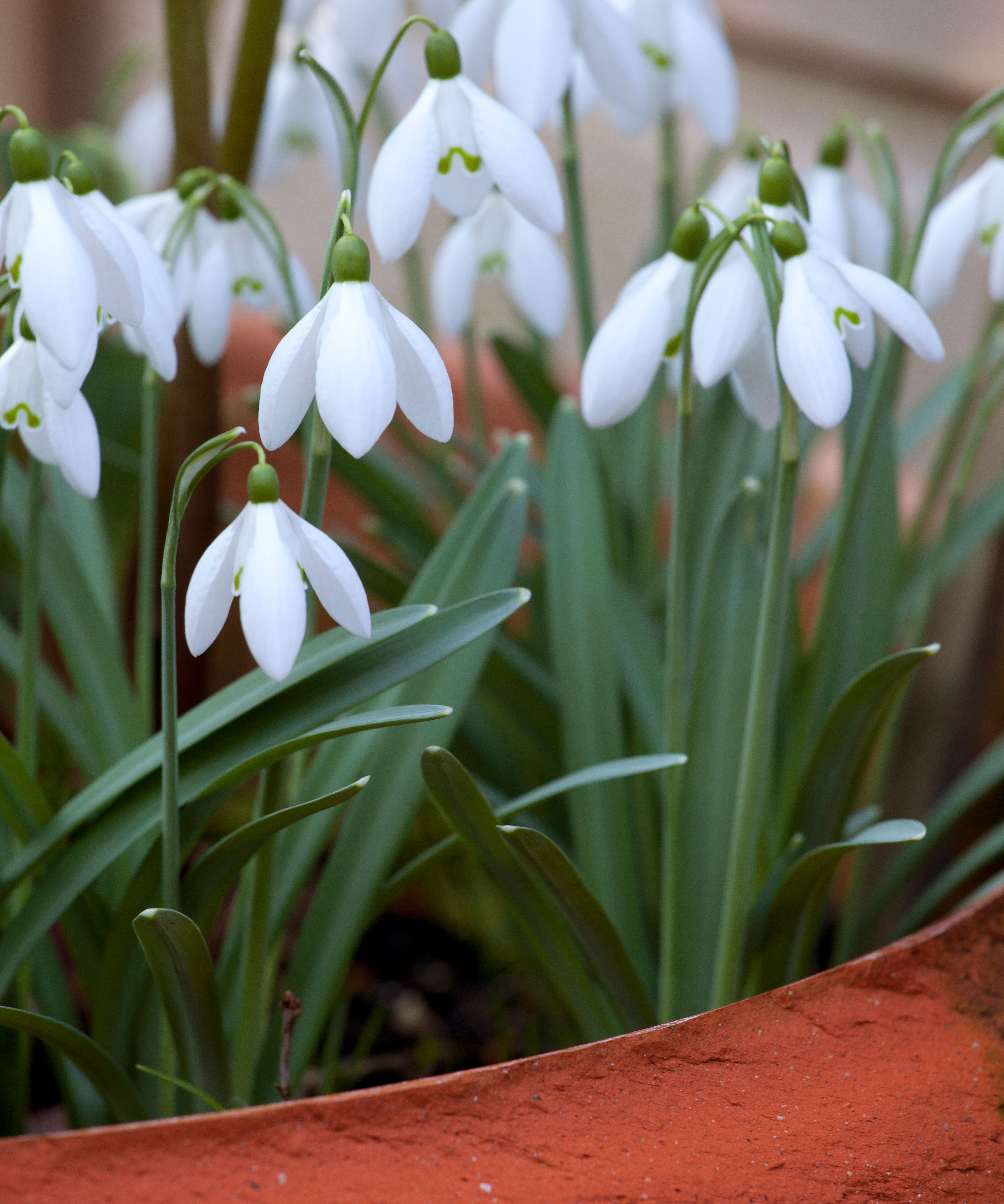
Planting snowdrops in containers
Snowdrops are one of the best winter plants for pots and borders. Grow them in containers – or as winter hanging basket ideas – but don’t allow the soil to dry out in summer or the container to freeze.
When planting snowdrops in pots, fill the pot with a rich compost mixed with leaf mold, and water sparingly until fall. Sarah Raven advises to not leave snowdrops in the pot for more than two years, but after this time, plant them in your backyard where they can multiply happily.
You could also dig up clumps as they start into growth and plant them in terracotta pots or troughs temporarily, then lift, split and re-plant them into the garden.
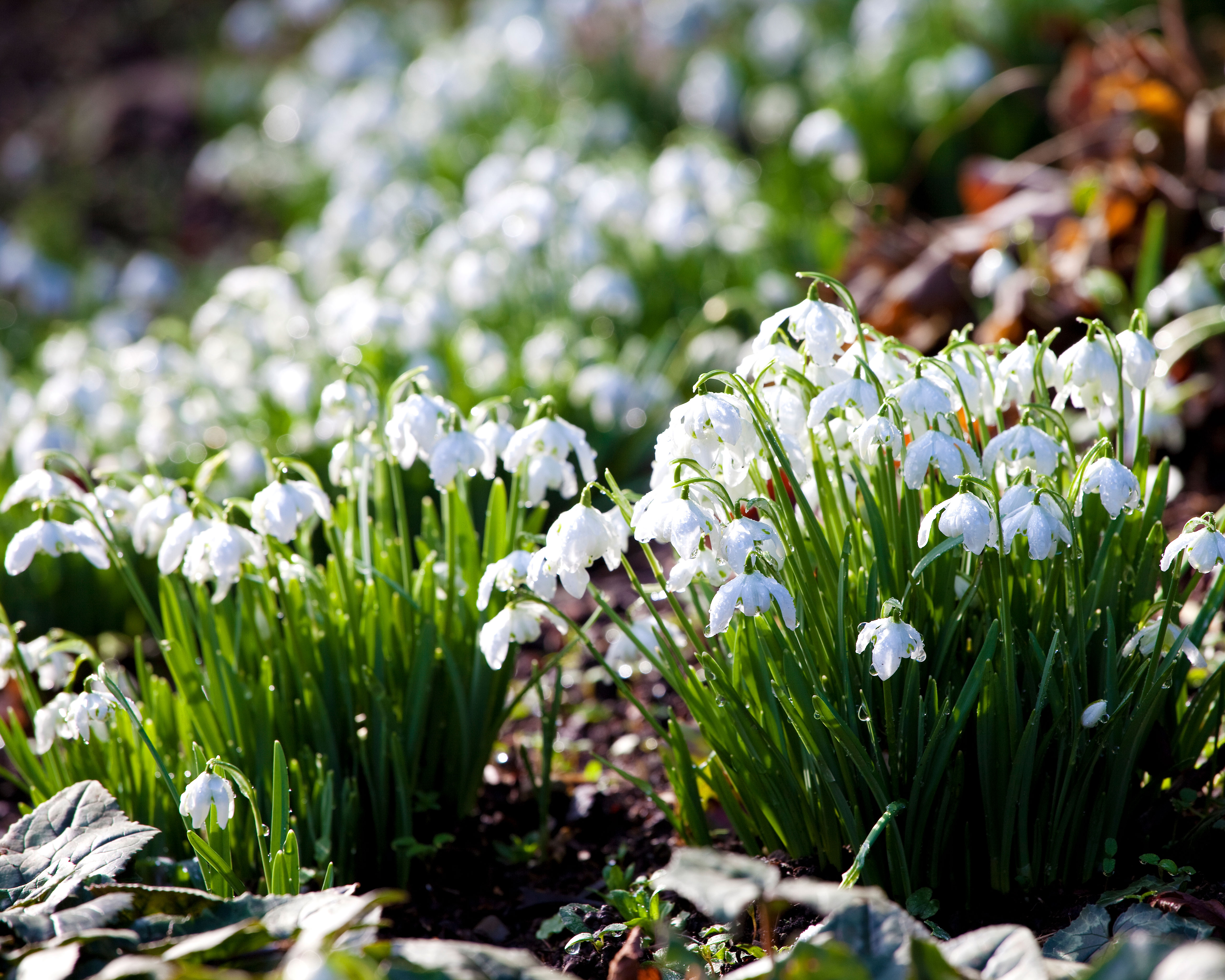
How quickly do snowdrops spread?
The naturalizing varieties of snowdrops can spread quite quickly by creating new bulbs within a clump and also further afield by seed.
While snowdrop bulbs can remain undisturbed for many years, it pays to divide clumps every few years to increase the rate of multiplication.
'The best time to move or divide snowdrops is when they have just finished flowering,' say the Chicago Botanic Garden experts.
- Lift the bulbs and the soil around them with a fork so as not to disturb the roots.
- Replant immediately in smaller clumps of no fewer than three or four bulbs, at the same depth as they were planted before.
- Water the transplanted bulbs thoroughly.
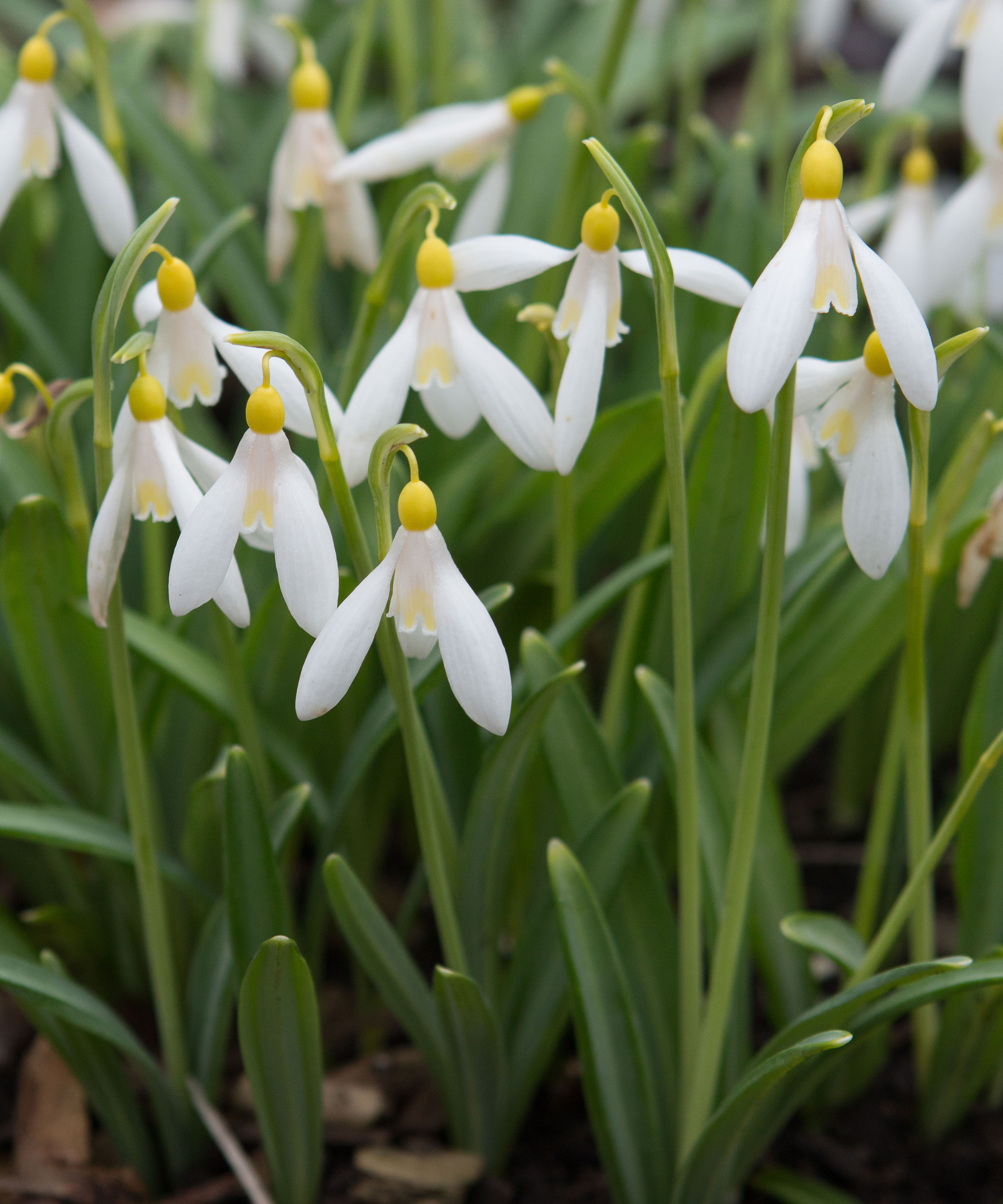
How to care for snowdrops
Once you have mastered how to plant snowdrops successfully, you will find that they need very little maintenance.
Don’t allow snowdrops to dry out, but once established, you can leave the foliage to die down naturally.
‘Snowdrops don’t need watering when growing in the ground, so don’t use a watering system, and they don’t like composted bark,’ explains Chris Ireland-Jones, owner of Avon Bulbs mail order nursery.
‘Protect them from extreme frost and plant them where they will benefit from some summer shade,’ he adds.
In just a few years, you can enjoy a carpet of snowdrops covering your garden every winter and spring.

Leigh Clapp is a professional photographer with over 25 years experience, primarily as a garden specialist photojournalist but also with food and travel. She delights in exploring gardens, discovering the tiny elements to their overall essence and meeting lots of enthusiastic gardeners along the way. Leigh’s work appears in magazines, newspapers and books, both in the UK and abroad, including Period Living, Country Life, and Gardens Illustrated; as well as being sole photographer for a number of books, including Garden Details, Feng Shui in the Garden, Vertical Gardens and From the Garden – fresh seasonal cooking.

